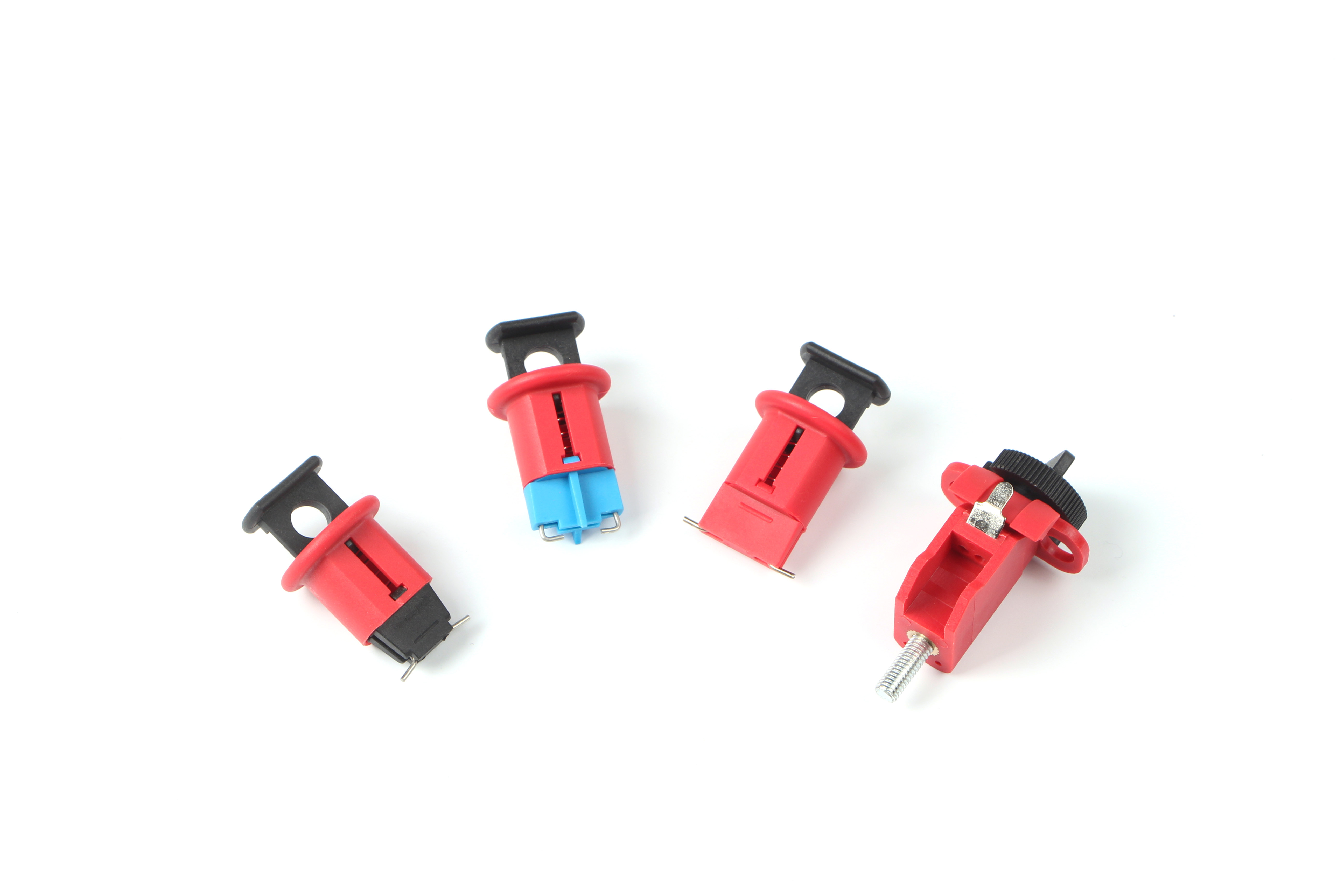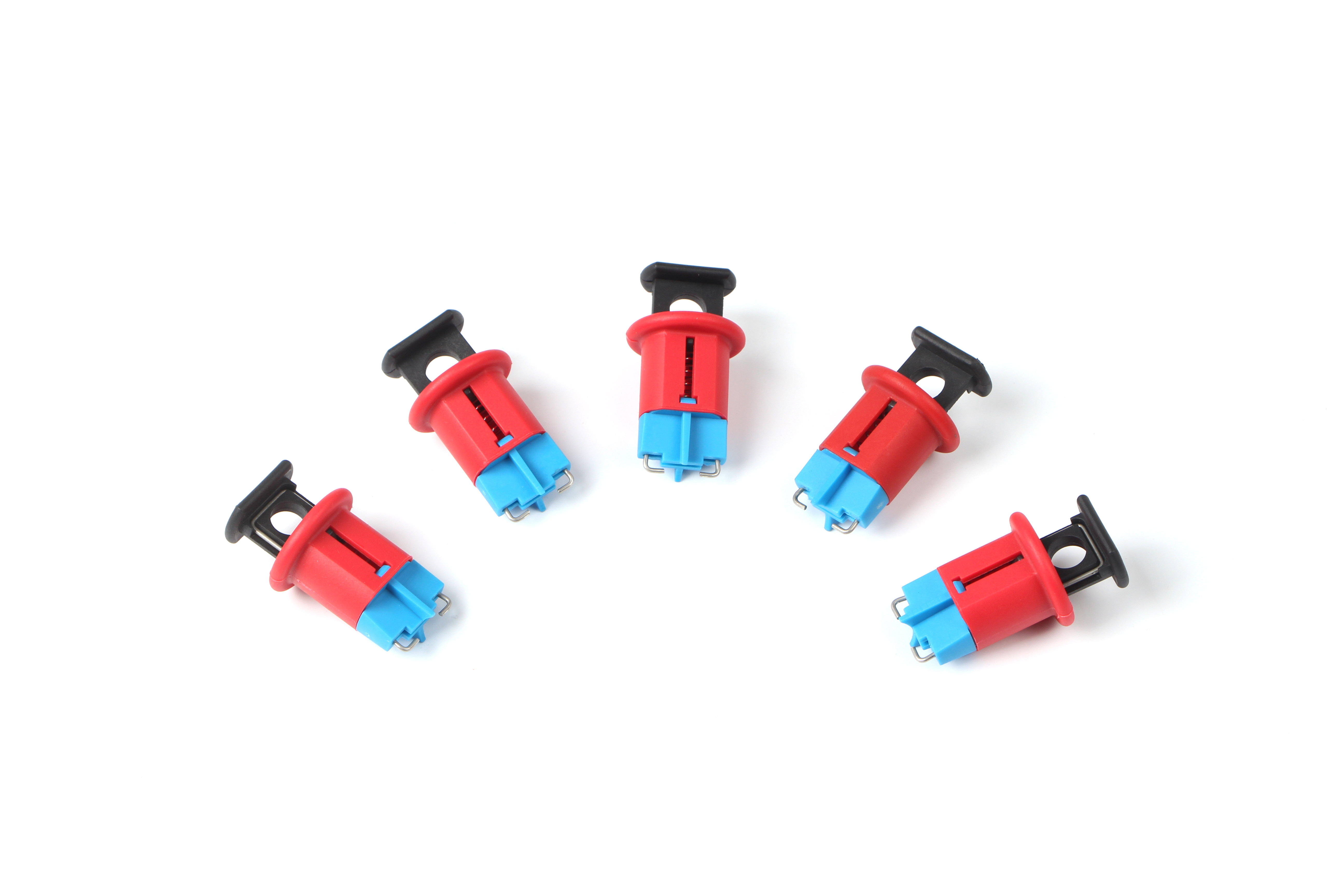Another manifestation of the adsorption capacity of activated carbon is the ability to decolorize. Activated carbon has the magical ability to turn colored liquids into light or colorless. This is actually because activated carbon adsorbs pigment molecules in colored liquids. Because of this characteristic of activated carbon, it is widely used in the production process of brown sugar to white sugar in the sugar industry. Take two transparent cups, put pure water in one cup, and then drop a drop of red ink (you can use any kind of pigment that is easy to observe but does not change the nature of the water, such as blue ink, printer color ink, However, you cannot use ink and carbon ink. After mixing, pour half of the colored water into another cup for comparison.
There are two types of activated carbon: intermittent operation and continuous operation:
1) Intermittent operation is often used for the size and scale of powdered activated carbon. The equipment used is: different sizes of barrels, cylinders, tanks, containers, filters, mixers, etc. The filter has various types such as ordinary filtration, vacuum filtration or pressure filtration.
2) Continuous operation is often used for large-scale production using granular activated carbon. Equipment includes:
a. The fixed bed is a method in which the activated carbon is used as a filling layer, and the fluid continuously flows from above or below for adsorption, because the activated carbon in the device is fixed during the operation. The fixed bed has a single bed, multiple bed series and multiple bed parallel according to the fluid quantity and processing requirements.
b. Moving bed refers to the intermittent moving adsorption method of activated carbon. The fluid to be treated flows in from the bottom of the adsorption column, is in countercurrent contact with the activated carbon, and the treated fluid flows out from the top of the column.
c. Fluidized bed, which is a continuous flow bed adsorption method, which decolorizes sugar early. The activated carbon forms an expanded layer or fluidized state in the column, which is in more contact with the fluid entering from the bottom of the column and then continuously discharged outside the column. If the fluid flow rate is too large, the expansion rate of the activated carbon in the tower increases and the layered movement cannot be maintained, so the flow rate must be strictly regulated.
There are three factors that affect adsorption:
A, activated carbon
The ideal activated carbon should have an inner surface and a large pore volume that can accommodate the largest weight of adsorbate in the pores. Activated carbon with a large number of pores tends to adsorb small molecules, and activated carbon with a large pore size tends to adsorb larger molecules. Therefore the total surface and pore volume data cannot be used to assess the possible effectiveness of activated carbon.
B, adsorption quality
Generally, the adsorption of organic matter increases as the molecular weight increases until the molecules are too large to enter the carbon pores. Non-polar organic substances are more easily adsorbed from aqueous solutions than polar organic substances. When other organic substances are mixed, the adsorption is affected, and generally inorganic substances are not easily adsorbed. Gases that are easily liquefied or have a high boiling point are easier to adsorb. In the mixed gas, the gas that is easily adsorbed in a pure state is preferentially adsorbed.
C condition
The temperature affects the diffusion rate and the adsorption equilibrium. The diffusion rate is related to the viscosity. Increasing the temperature increases the diffusion rate, and the equilibrium is accelerated, but the final adsorption amount is also low. When the pressure is increased, the adsorption amount of the gas is increased, especially the gas with less adsorption under normal pressure, which is the basis of pressure swing adsorption.
The pH value affects the adsorption of colored substances in the solution. Many colored compounds change the structure and color at different pH values, change the structure and color at different pH values, and treat the same solution with the same activated carbon at different pH values, generally at a lower pH value. Good adsorption.
How to evaluate the adsorption capacity of activated carbon
Adsorption is divided into two types: liquid phase adsorption and gas phase adsorption. The liquid phase adsorption capacity is often evaluated by adsorption isotherm, and the gas phase adsorption capacity is evaluated by the solvent vapor adsorption amount.
The adsorption isotherm indicates the relationship between the partial pressure or concentration of the adsorbed material in the adsorption system and the adsorption amount at a certain temperature, that is, when the temperature is kept constant, the relationship between the equilibrium adsorption amount and the partial pressure or concentration can be measured. Taking the remaining concentration as the horizontal axis and the adsorption amount of the single mass of activated carbon as the vertical axis, the relationship curve can be drawn.
After using activated carbon for about 20 days, it can be exposed to sunlight for 3 to 5 hours. It can also be fried in a pot. If it is conditional, it can be air-dried by a bellows. This can make the activated carbon resume activity and can be used repeatedly. Months.
However, for activated carbon in the water purifier, it should be replaced in time according to the instructions. Because it is easy to clean the impurities in the porous pores of the activated carbon by simple cleaning. Therefore, the water purifier must periodically replace the activated carbon to prevent the activated carbon from losing its effect due to "adsorption saturation." And it is best not to wait for it to fail after replacement, in order to ensure the effectiveness of activated carbon. It is recommended to change 1~2 times a month!
Put the activated carbon into the colored water, the amount should reach half or more of the water, so the effect will be more obvious. After standing for 10-20 minutes, compare with the comparative water sample. Under the same conditions, the stronger the decolorization effect, the adsorption of activated carbon. The better. In order to improve the adsorption performance of activated carbon, only the pore structure can be made on activated carbon as much as possible. The more pores, the more loose the activated carbon and the lighter the relative density, so the good activated carbon will be lighter in weight and in the same weight package. In the case of good performance, activated carbon will be much larger than inferior activated carbon.
Miniature Breaker Lockouts require NO TOOLS to install! Standard "Pin" style lockouts install easily with the aid of a push button. Lockouts are available for single and multi-pole breakers. Recommended to lock with Safety padlocks or other lightweight padlock with shackle diameter up to 9/32". Lockouts are made of glass-filled nylon.


Miniature Circuit Breaker Lockout
Mcb Lockout,Miniature Circuit Breaker Lockout,Mini Circuit Breaker Lockout,Mcb Lockout Device
Lockey Safety Products Co., Ltd. , http://www.lotolockey.com